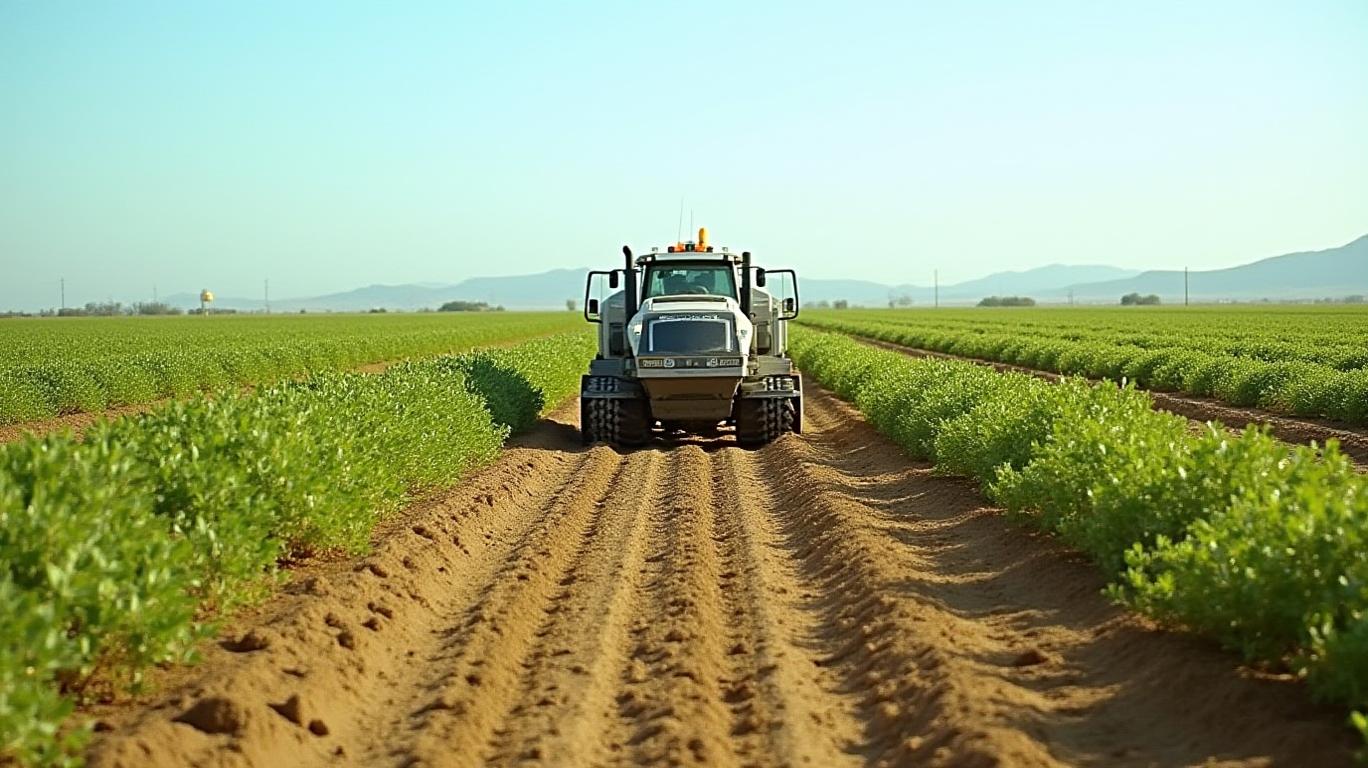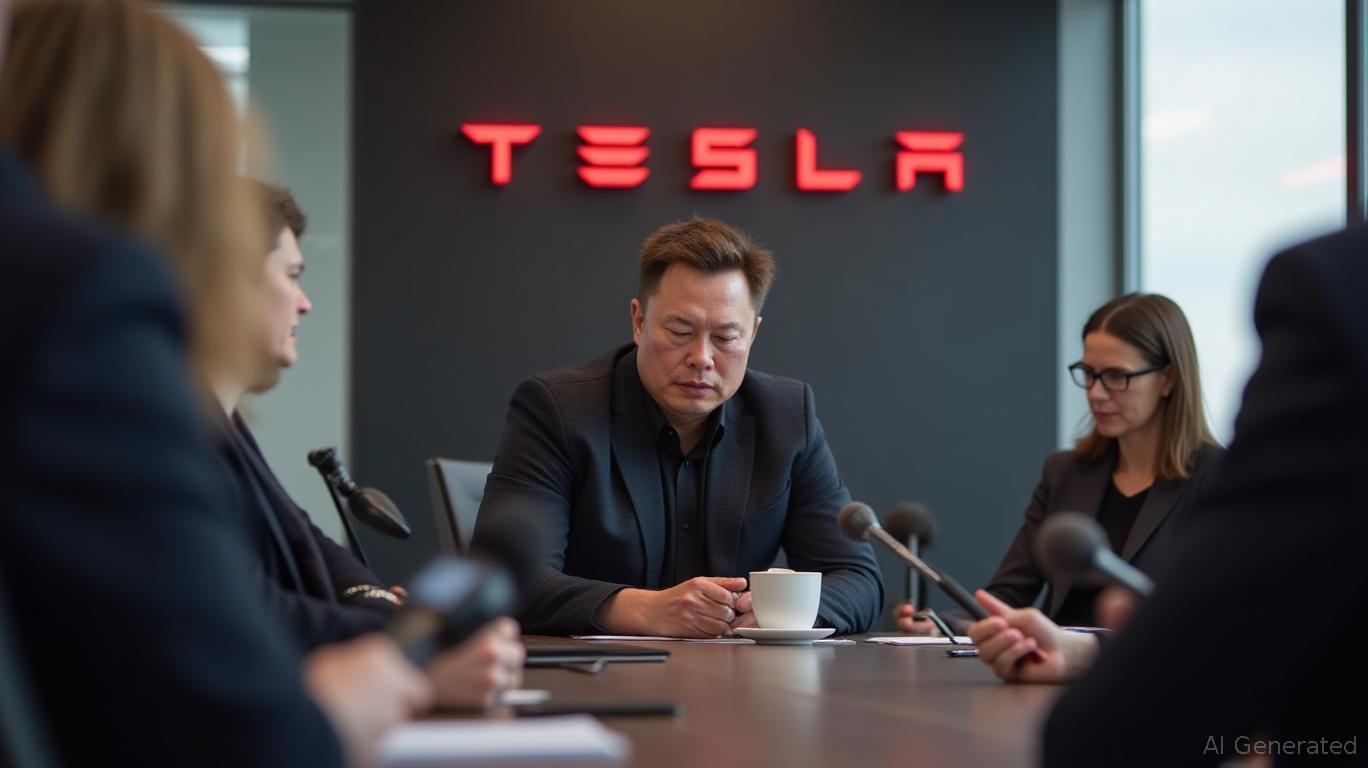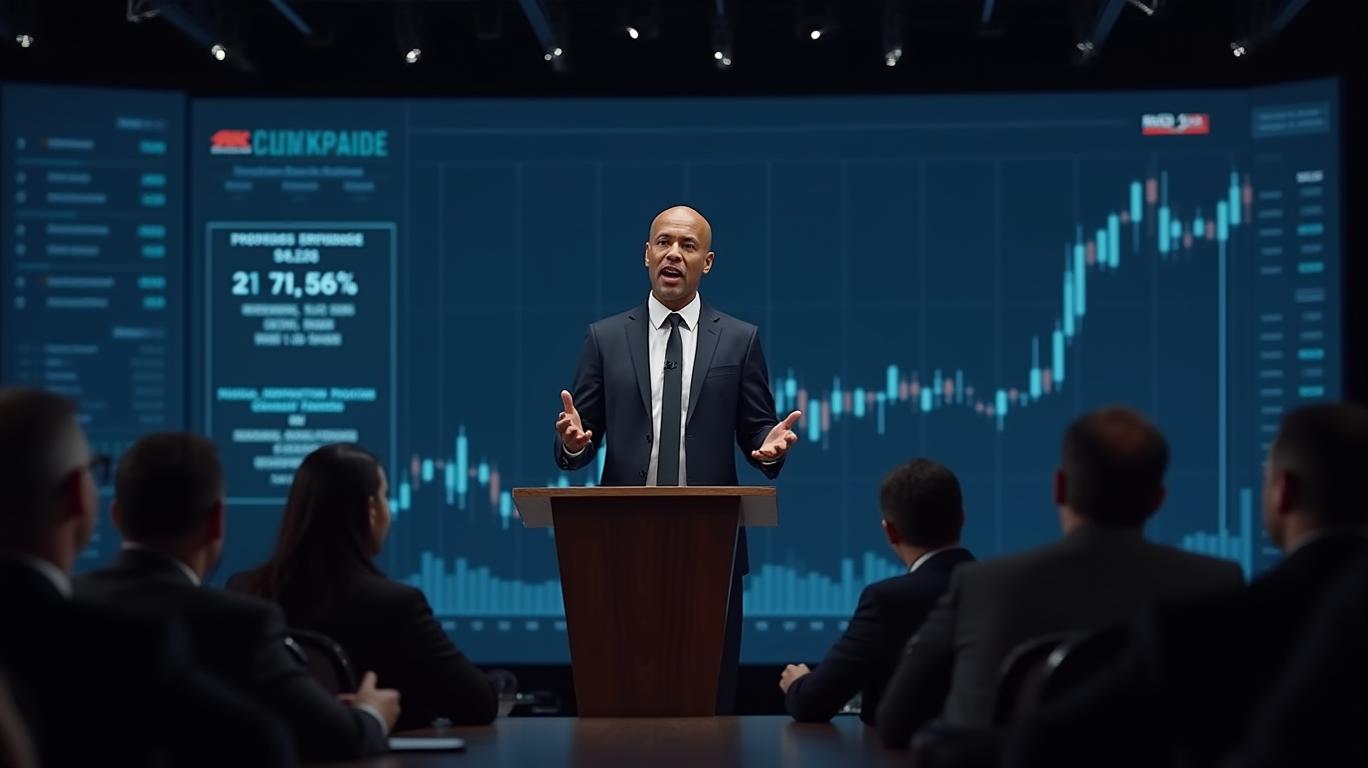Desert Control’s Q1 2025 Report: Balancing Ambitious Growth with Financial Pressures
Desert Control AS, a pioneer in soil stabilization technology through its flagship product Liquid Natural Clay (LNC), has released its Q1 2025 report, offering a mixed picture of progress and challenges. While the company highlights strategic advancements in partnerships and technology, its financials underscore the precarious balancing act of scaling a disruptive innovation. This analysis explores the opportunities and risks embedded in the report, evaluating the case for investors.
Financial Performance: Growth Amid Strains
Desert Control’s LNC revenue rose 20.6% year-over-year to NOK 1.52 million in Q1 2025, driven by expanding commercial deployments. However, operational costs surged, resulting in an EBITDA loss of NOK -15.05 million, slightly worse than the NOK -14.73 million loss in Q1 2024. The company’s cash reserves have dwindled to NOK 43 million, down sharply from NOK 105 million a year earlier, due to high operational expenditures.
Ask Aime: "Can Desert Control's Q1 2025 report signal a turning point for its LNC technology?"
The revised liquidity runway now extends only to Q3 2025, compressing the timeline for achieving self-sustaining revenue. This raises a critical question: Can Desert Control secure sufficient funding or accelerate revenue growth before the cash reserves are depleted?
Ask Aime: Can Desert Control secure sufficient funding or accelerate revenue growth before the cash reserves are depleted?
Strategic Partnerships: Scaling Commercial Adoption
The report’s brightest spots lie in partnerships that signal market traction:
- Oasis Dates US Subsidiary (Woodspur Farming): Desert Control executed its largest LNC application to date, treating 9,000 organic medjool date trees in California. The Next-Gen Production System’s record output of 120,000 liters per hour enabled this milestone, demonstrating scalability for large agricultural projects.
- Woodland Hills Country Club: A multi-year Pay-As-You-Save (PAYS) agreement was finalized, allowing customers to pay for LNC applications using water utility cost savings. This model reduces upfront costs, accelerating adoption in water-stressed regions.
- Middle East Expansion: Partnerships with Saudi Desert Control and Soyl advanced to Stage 2 deployments, targeting landscaping, golf courses, and permanent crops like trees. A landmark deal with Saudi Arabia’s Estidama initiative integrates LNC into national sustainability goals.

These partnerships are pivotal for Desert Control’s licensing revenue model. While Q1 2025 licensing revenue specifics are not disclosed, 2024 data shows licensing surged from NOK 0.29 million in Q4 2024 (up from zero in 2023), reflecting Middle Eastern momentum.
Growth Drivers: Technology and Regulatory Tailwinds
Desert Control’s Next-Gen Production System is a game-changer. Its ability to produce LNC at 120,000 liters/hour cuts costs and enables mass deployments, directly addressing scalability concerns. Additionally, new LNC formulations using high-salinity water sources expand applicability beyond sandy soils, opening markets like California’s agriculture sector.
Regulatory trends further favor Desert Control:
- Water scarcity and rising utility costs incentivize cost-effective solutions like LNC.
- COP16 commitments to combat desertification and the UN’s recognition of Desert Control’s land restoration work (via the World Food Programme) amplify demand.
- California water utilities now offer financial incentives for LNC adoption, potentially unlocking hundreds of thousands of dollars annually for customers.
Challenges and Risks
Despite these positives, risks loom large:
1. Cash Runway Constraints: The compressed liquidity timeline to Q3 2025 demands aggressive revenue ramp-up or external funding.
2. EBITDA Losses: Persistent losses highlight the tension between scaling costs and revenue growth.
3. Execution Risks: Scaling partnerships into profitable contracts—such as converting Saudi Arabia’s Stage 2 projects into full-scale operations—requires flawless execution.
Conclusion: A High-Reward, High-Risk Play
Desert Control’s Q1 2025 report paints a picture of a company at a crossroads. On one hand, its technology and partnerships position it to capitalize on a $14 trillion global water and land restoration market, with a potential tenfold increase in contracted revenues by 2025. The Next-Gen system’s capacity and the PAYS financing model reduce customer barriers, while regulatory tailwinds provide a supportive backdrop.
On the other hand, the NOK 43 million cash position and revised liquidity timeline demand urgency. Investors must weigh the potential of a breakthrough soil stabilization technology against near-term financial fragility.
Final Take: Desert Control is a speculative bet on disruptive innovation. Investors with a long-term horizon and tolerance for volatility may find value in its scalable technology and strategic partnerships. However, short-term holders must monitor cash burn and pipeline conversion closely. The company’s success hinges on whether it can turn its operational momentum into sustained profitability before the clock runs out.
Final Note: With a $7.75 average 12-month price target (per GuruFocus) and a -9.62% downside risk, the stock reflects this duality. For now, the jury remains out—but the stakes are high.










